What happens when two great knife designs – the Kalahari blade and Aurora handle – are combined?
In this case, a really great hunting knife is the result!
by Leon Pantenburg
Disclaimer: I did not get a free knife to do this review. Nobody had any input. All I ever promise is a fair testing and review.
I got one the first Kalahari hunters as soon as they came out in 2014. I had a great hunting season that year, killing two whitetail bucks and helping process a couple of elk. The Kalahari was used by several of my hunting buddies, always to rave reviews. I liked the Kalahari so much it was given to one of my hunting buddies (Good friends should have good knives!) The Kalahari has been used a lot since then.
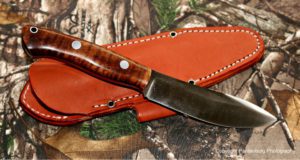
The Aurora Hunter has a Kalahari blade and an Aurora handle.
One of my first Bark River reviews was of the Aurora, back in 2013. I loved that knife, but being new to BR at the time, I beat the hell out of it during field testing. It came through with flying colors. One thing I particularly liked was the working handle. It was long enough I could use it while wearing gloves. (I have large hands, and any handle shorter than four inches doesn’t work well for me.)
This latest BR is a hybrid that combines the best features of both knives.
Specifications of the Aurora Hunter
| Overall Length: | 9.45″ |
| Blade Length: | 4.875″ |
| Cutting Edge: | 4.775″ |
| Blade Height: | 1.19″ |
| Blade Steel: | CPM-3V |
| Blade Thickness: | .156″ |
| Weight: | 7.125oz. |
The good stuff
One thing I appreciate about Bark River is that the company listens to knife users. The company considers customer input, and new products show they pay attention. The Aurora Hunter was designed by big game hunters who actually use the knives for their intended purposes, as opposed to a marketing department that is looking to boost the bottom line.
Blade length: A four-to-five inch blade will handle all your big game hunting requirements. My beloved Tundra has about a 4.5-inch blade, and it has handled any and all of my hunting needs for several years. The guys I hunt elk with use anything from a three-inch blade folder to a nine-inch Bowie. All of them are experienced, successful hunters.
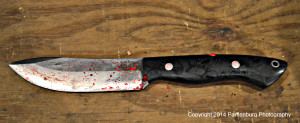
The micarta handle on this Bark River Kalahari never got slippery, even when covered with blood.
Grind: All Bark River knives have a convex grind, and I hope they never change that. IMO, there is no better overall grind for a knife. I tested some different grinds in the field and convex came out the clear winner. (Read the results.) I use knives year round, either for hunting or while on the Mississippi River with Quapaw Canoe Company and Big River Wild Adventures. Long story short: Give me a convex grind on my blade.
Point: The Hunter has a drop point, which may be the best choice for a hunting/survival knife. The point on a knife is a personal decision, and it may determine just how useful that knife is to you. (Here is how to decide which point you need.)
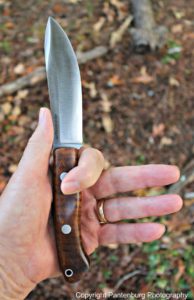
The handle fits my large hands well.
Belly: This part of the blade, from the tip to about two inches back, is the part that does the skinning. The curve on the Aurora Hunter is very effective, and it will skin nicely. A smaller blade, like the Lon Humphry Tarpon, will work better for skinning around the neck and shoulders of whitetail or elk, but the Hunter can do it all.
Steel: CPM 3V is one of my go-to steels for hunting. It holds an edge very well. Multiple times, I have used a CPM 3V blade to gut, skin, dismember, quarter and cut up the meat of a whitetail deer, all without resharpening. Any more, I leave the sharpening tools back in camp.
Blade thickness: At .156 inches, the thickness is about right for a hunting knife that might end up being a survival knife. I personally prefer a thinner blade for carving and slicing, but the .156-inch thickness is a good compromise between a thin and a too-thick blade. (Here is why I prefer thin blades.)
Handle: The Aurora handle is one of BR’s best selling handles, and with good reason. It is comfortable in use, and long enough for most people to use safely. My experience is that the micarta and wooden handles get “grippier” when wet. This is an important feature when you are field dressing a big game animal or cleaning fish.
Made in Escanoba, Michigan: When you buy American-made products, that means an American worker is making a living wage. It also means that they are paying local, state and federal taxes. These workers contribute to their local economies, and to their communities.
I had no sales resistance at all for the Aurora Hunter. If you are looking for a knife you can rely on for a backcountry or deep swamp hunting knife, you need look no further.
Please click here to check out and subscribe to the SurvivalCommonSense.com YouTube channel – thanks!
Order your copy now!

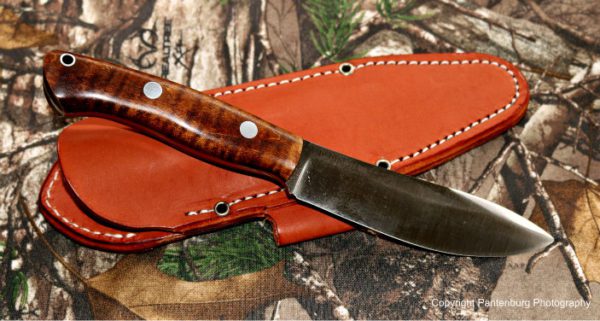
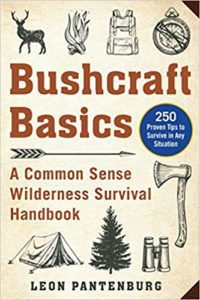
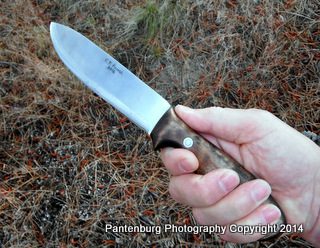
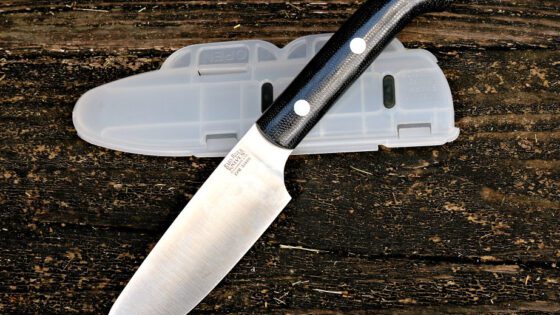
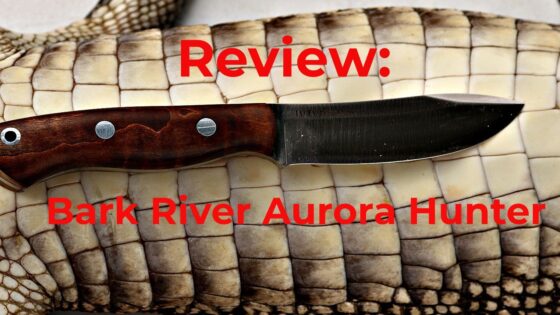
Leave a Reply